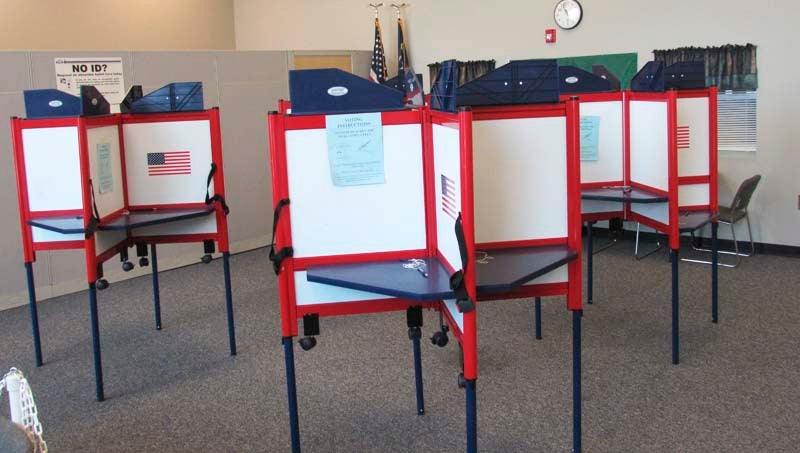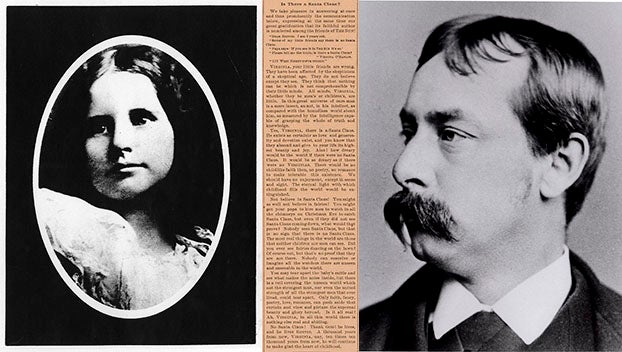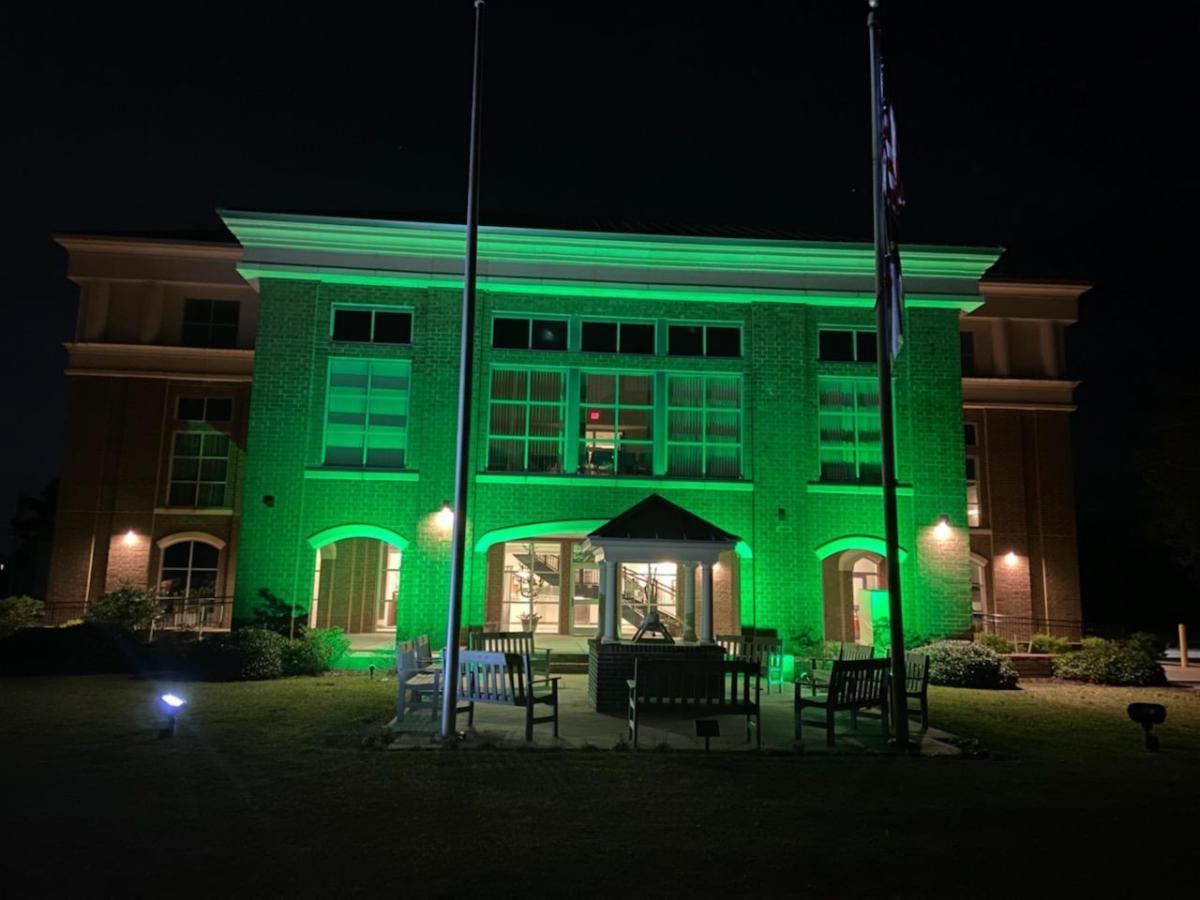Change could be significant
Published 5:06 pm Thursday, February 2, 2017
Beaufort County’s voter structure in terms of political parties that voters identify with is changing, perhaps significantly.
Since 2008, the number of voters registered as Democrats has continued to decline steadily. The number of voters who are registered as Republicans continues to show sustained growth. By far, the biggest change has been in the number of voters who apply the unaffiliated status to their party status.
And it’s been a big change. From 2008 through 2016, number of Beaufort County voters who listed themselves as unaffiliated increase from 5,646 to 8,631, an increase of 52.8 percent. That rise, somewhat meteoric, may give the Democratic and Republican parties something to think about, especially Democrats.
In the eight-year period of 2008 through 2016, the number of Beaufort County voters who listed their political party as Democrat, declined from 16,822 to 13,862, a drop of 17.5 percent.
From 2008 through 2016, the number of Republican voters in Beaufort County, increased from 9,678 to 10,811, a growth of 11.7 percent.
Statewide from 2008 through 2016, the story is much the same, according to the North Carolina State Board of Elections.
The number of Democratic voters in the state fell by 4.6 percent, from 2,870,500 to 2,736,124. The number of Republican voters increased by 4.6 percent from 2,005,482 to 2,099,551. The number of unaffiliated voters skyrocketed by 48.1 percent, from 1,402,471 to 2,076,361.
At the end of 2016, according to the North Carolina State Board of Elections, 29.8 percent of the state’s voters were unaffiliated.
Over the past several decades, North Carolina has seen its number of Republican voters gaining on the number of Democratic voters. Even years ago, the state’s registered Democratic voters were somewhat conservative. It’s likely that some of those voters decided that labeling themselves as Republicans would be more accurate and made the switch.
As for the swelling number of unaffiliated voters, well, voters switching their party preference from Democrat or Republican to unaffiliated likely are sending a message they are fed up with the two-party system and prefer to judge candidates on merits and message and not party affiliations. And it appears, from available research, that many unaffiliated voters are younger voters who prefer substance over partisan politics.
In his Aug. 24, 2016, posting on johndavisconsulting.com, John Davis wrote that unaffiliated voters would make a difference in statewide races. He also wrote: “But, the true balance of the partisan market share in our state is not in how voters are registered, it is in how they are likely to vote. If you adjust the voter registration totals by the political leanings of Unaffiliated voters, the state becomes perfectly balanced, as seen in Gallup’s State of the States study, at 41% Democratic and 41% Republican.”





